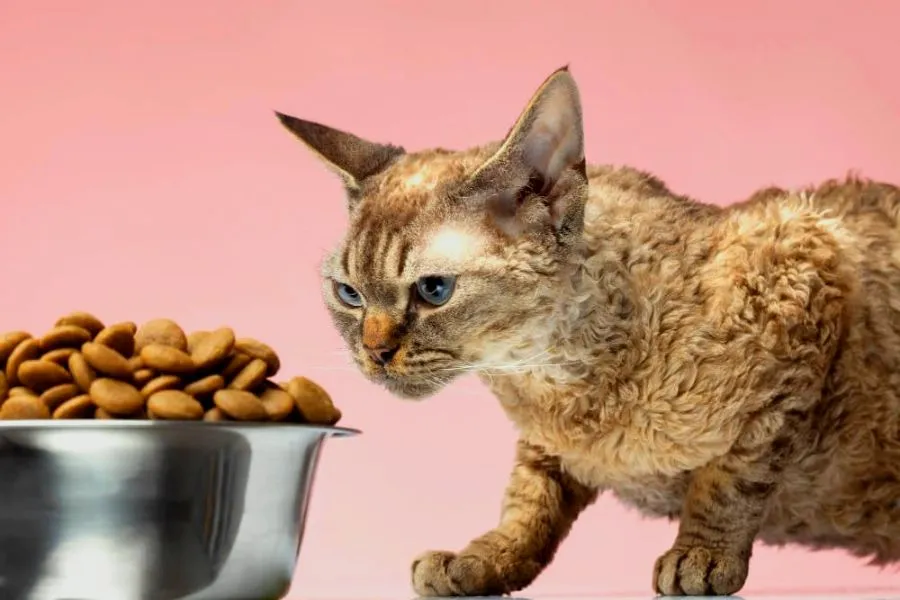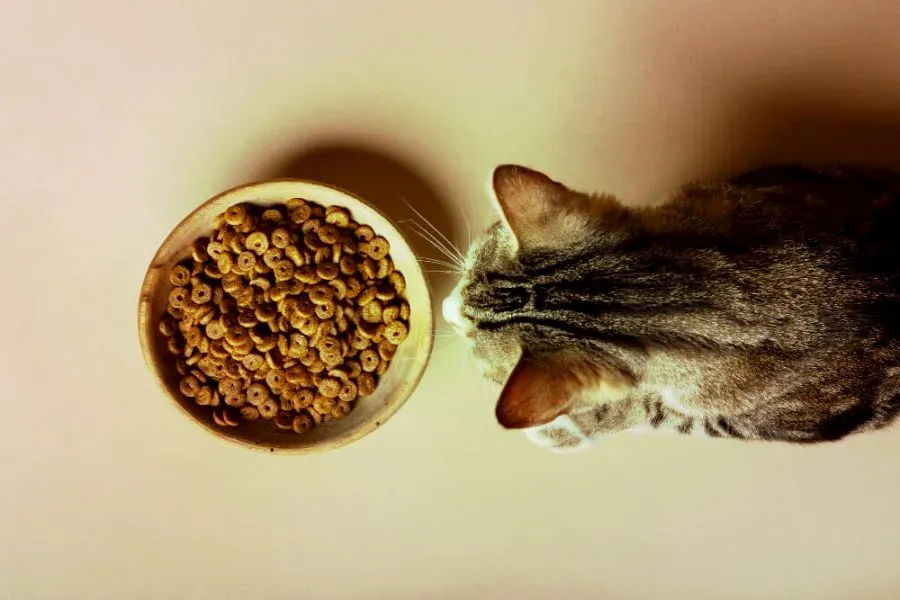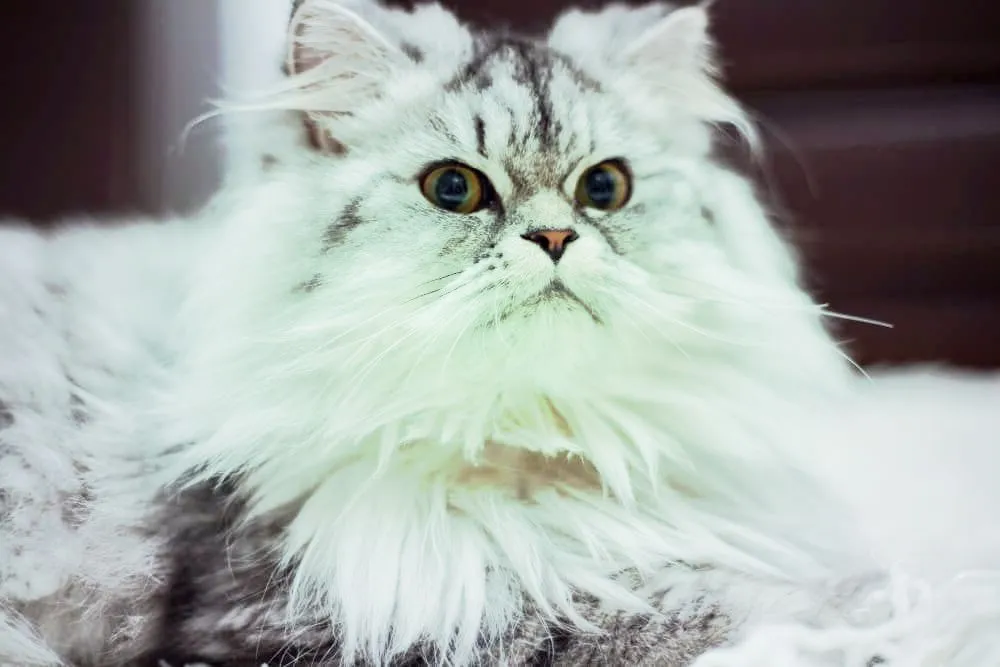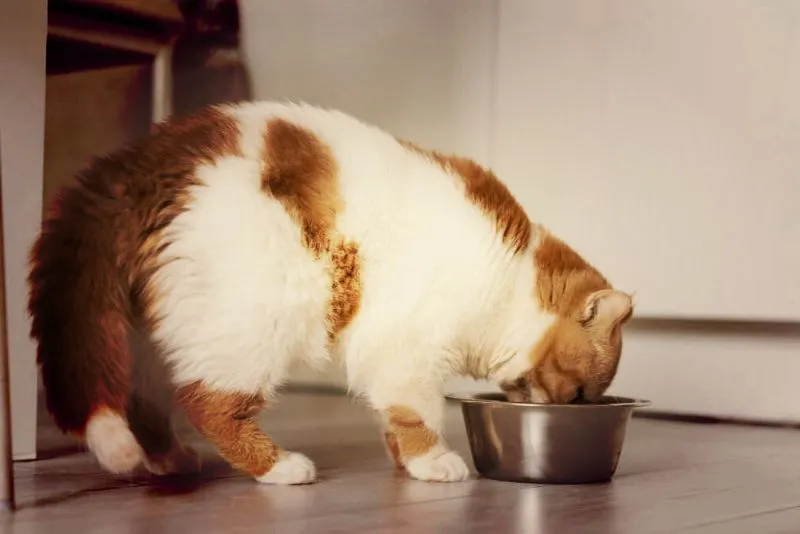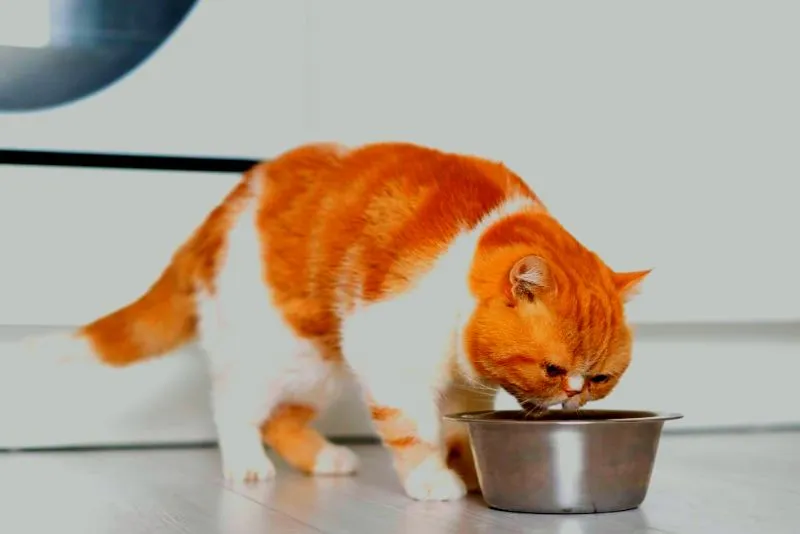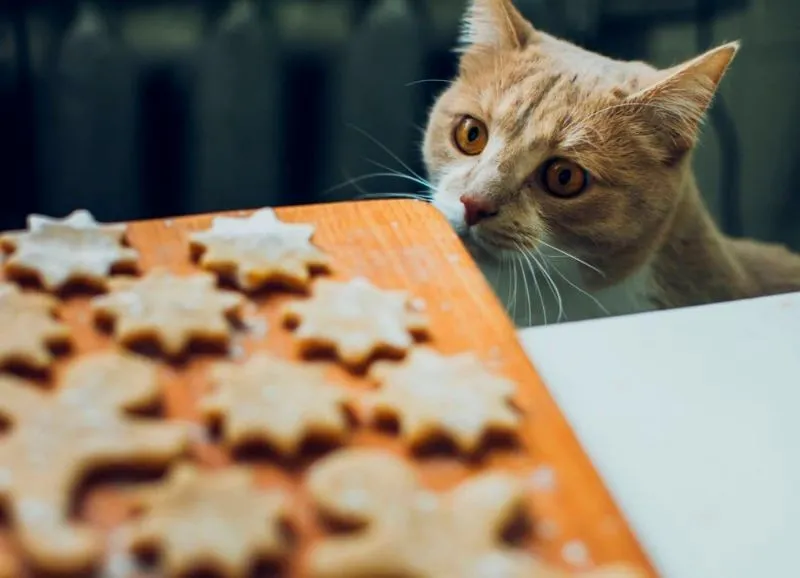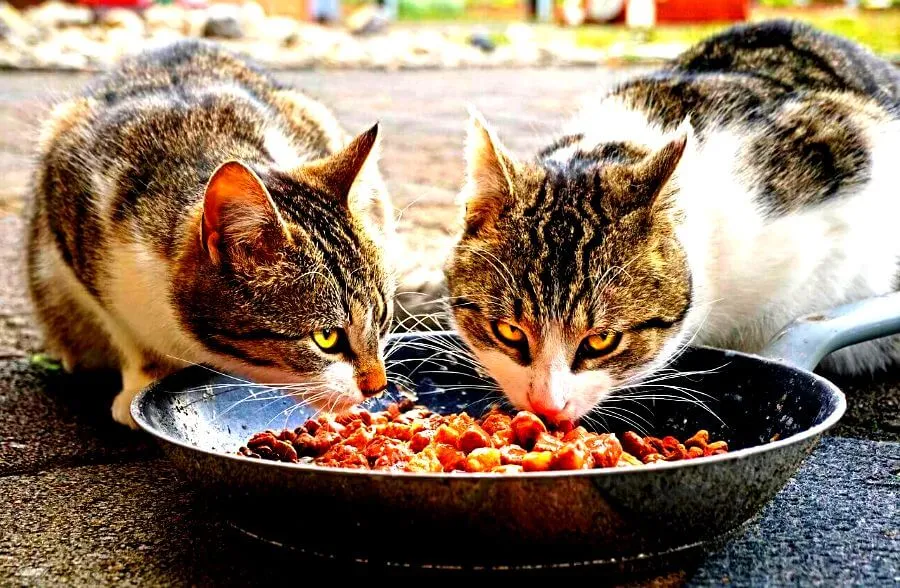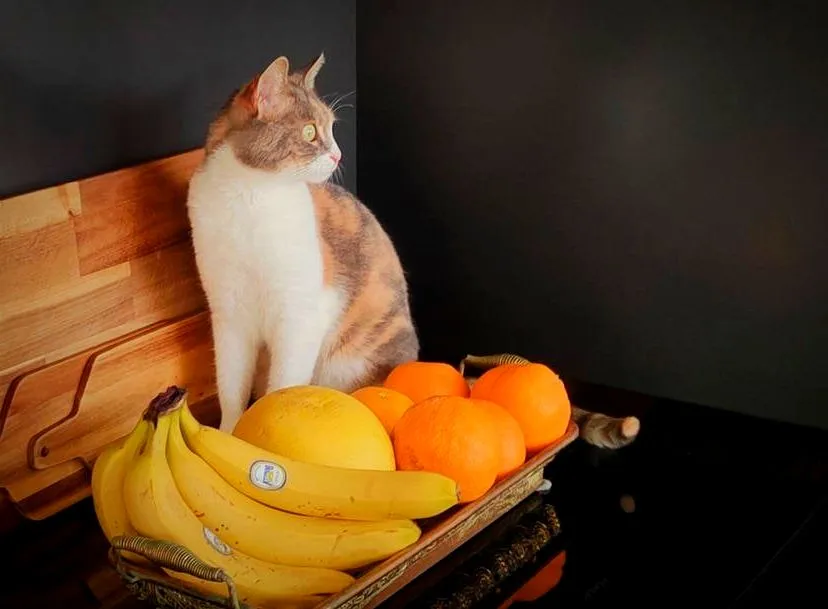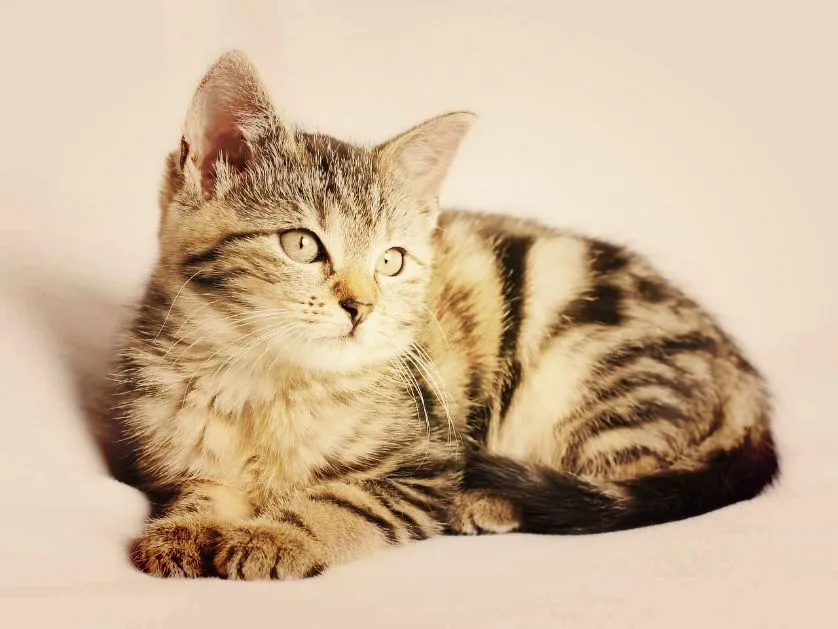
Cats have a rich history that dates back thousands of years, and they are one of the oldest domesticated animals. Cats were considered in great regard and loved as angels of protection and symbols of grace in ancient Egypt.
They played significant roles in various cultures, including being companions, pest controllers, and even sacred animals. Today, cats continue to hold a special place in our homes and hearts as beloved pets, known for their independence, agility, and mysterious charm.
Understanding the fascinating history of cats helps us appreciate their importance in human civilization and the enduring bond between humans and these remarkable feline creatures. So, let’s delve into the captivating journey of cats through time.
Where Did Domestic Cats Come From?
For a long time, humans have enjoyed having the company of cats. The history of domestic cats dates back thousands of years, and their origins can be traced to the wildcats of ancient Egypt.
These wildcats were initially attracted to human settlements because they found an abundance of rodents to hunt, leading to a mutually beneficial relationship.
Over time, humans realized the value of having cats around to control the rodent population and began to actively encourage their presence. As civilizations flourished, so did the cats’ role in society; they were even revered and worshiped in ancient Egypt.
As trade routes expanded, cats spread to different parts of the world, leading to the development of the various cat breeds we see today. Whether they are lounging on our couches or keeping our homes rodent-free, domestic cats continue to capture our hearts with their independent personalities and mysterious origins.
How Did Cats Become Domesticated?
Cats have been domesticated for thousands of years, but how did this process come about? The origins of domestication can be traced back to ancient civilizations such as Egypt and Mesopotamia. In these regions, cats were valued for their ability to hunt and control pest populations.
As early humans settled down and began to cultivate crops, they realized the importance of having cats around to protect their grain stores from rodents. Over time, cats became more integrated into human society and were even worshipped as divine beings in some cultures.
The exact timeline of domestication is still a topic of debate among researchers, but it is clear that cats have played a significant role in human history. The bond between humans and cats has only grown stronger throughout the centuries, and today, they continue to bring joy and companionship to millions of people around the world.
Domestic Cats And Wild Cats
The history of cats is a fascinating topic that explores the relationship between domestic cats and their wild counterparts. These two categories of felines have distinct characteristics and behaviors that reflect their evolutionary paths.
Domestic cats, descended from wild African cats, have become cherished companions for humans over the centuries. They offer companionship, comfort, and entertainment in homes all around the world. On the other hand, wild cats, such as lions, tigers, and cheetahs, roam freely in their natural habitats, embodying grace, power, and agility.
While they share a common ancestry, domestic cats and wild cats have diverged in their lifestyles and adaptations.
Understanding the history of cats and the nuances of their domestication and wild nature can provide insights into our companions’ behaviors and enhance our appreciation for these incredible creatures.
A Brief History of House Cats
House cats have a fascinating history that dates back thousands of years. They are descendants of a small wildcat species known as Felis silvestris, which can still be found in parts of Africa, Europe, and Asia.
It is believed that cats were first domesticated in ancient Egypt around 4,000 years ago. There, they were highly revered and worshipped as sacred animals. Cats were also valued for their hunting skills, as they kept granaries and homes free from rodents.
Over time, cats spread across other civilizations, such as the Roman Empire and medieval Europe. In the Middle Ages, cats were even persecuted as they were associated with witchcraft and evil spirits.
However, their popularity eventually grew, and they became beloved pets in households worldwide. Today, cats continue to capture our hearts with their mysterious nature, independence, and unique personalities.
The history of cats is a testament to their enduring presence in human culture and the special bond they share with us.
A Final Word
As we delve into the captivating history of cats, we uncover a rich tapestry of their enduring presence throughout civilization. From their revered status in ancient Egypt to their mysterious roles in folklore, cats have left an indelible mark on human culture.
They embody grace, independence, and an innate ability to adapt, making them both captivating and beloved companions throughout history. As we embrace their presence in our lives today, let us cherish the remarkable journey that cats have traveled alongside us.

